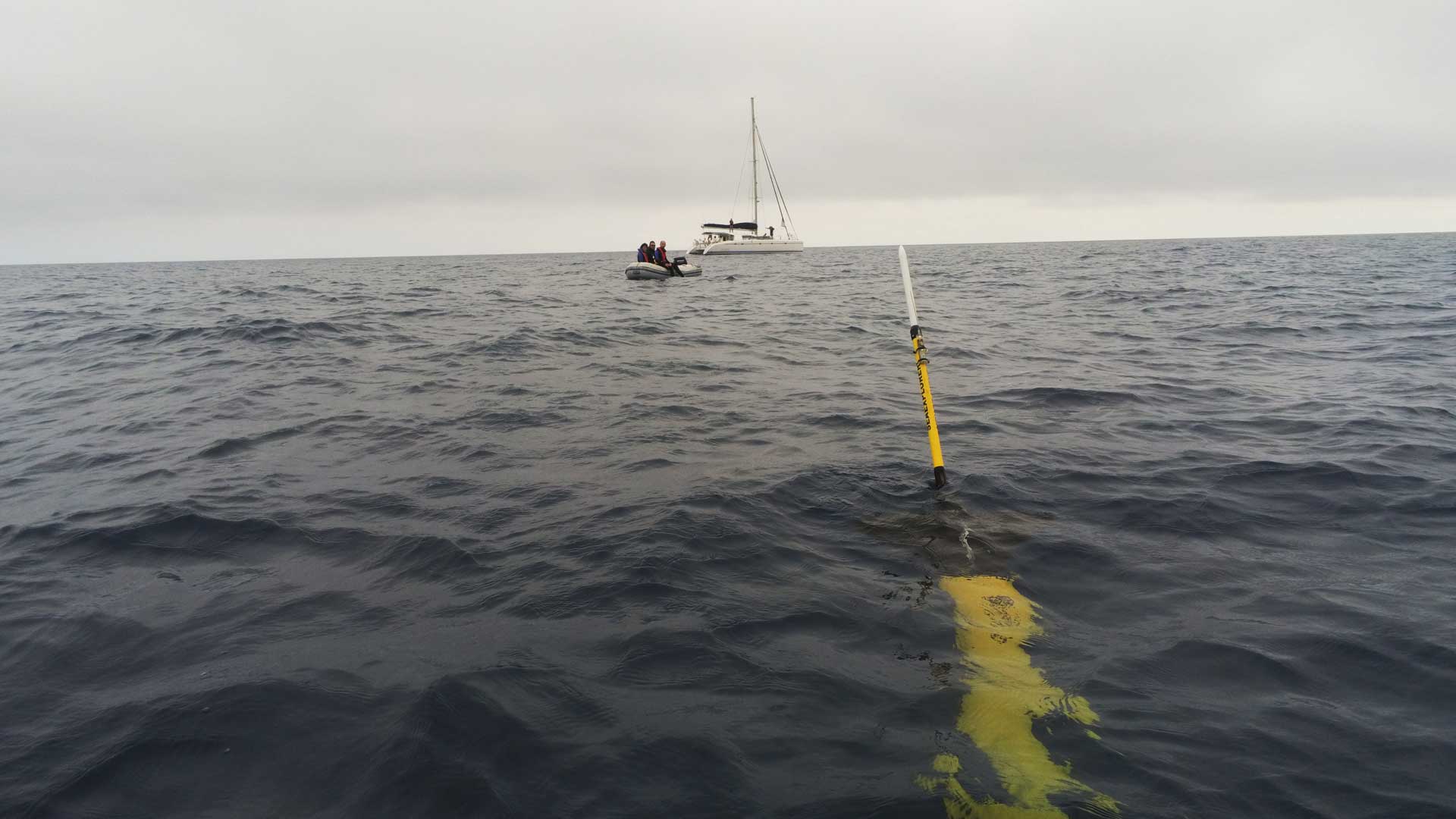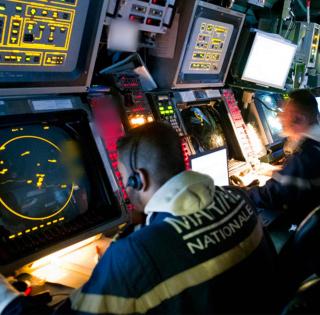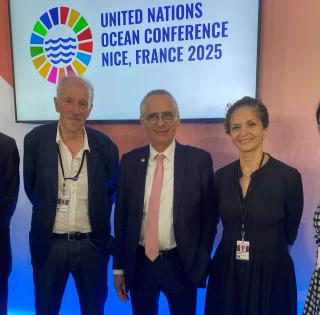
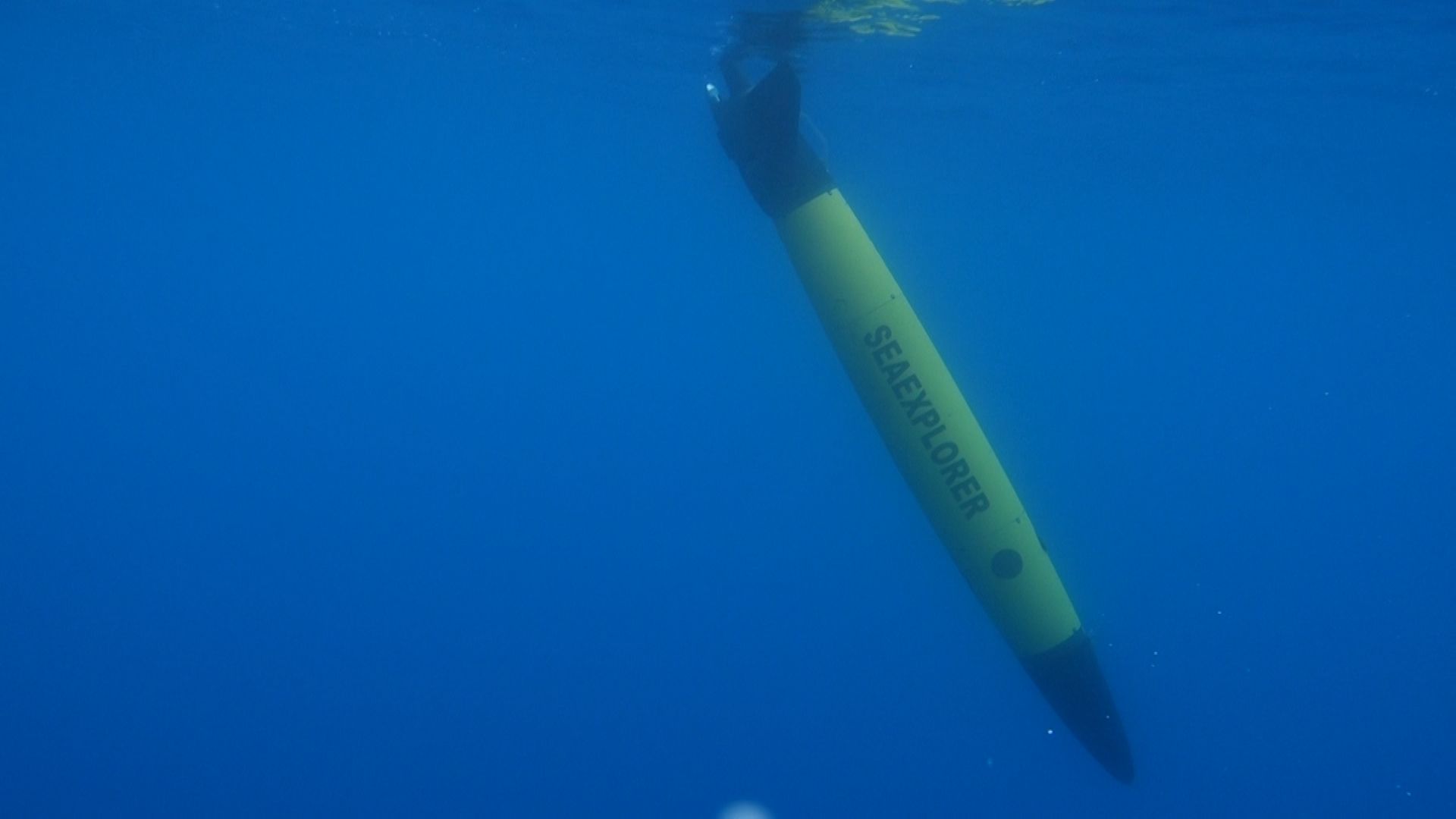
Acquired by ENSTA Bretagne as part of the "Glider and Whales" research project funded by the Total Foundation for Biodiversity, the underwater glider is 3 meters long and can descend to depths down to 700 meters. It is a non-intrusive, zero-emission, high-tech piece of equipment developed by a French company.
With no means of propulsion, the glider is fitted with a bladder that acts as ballast. It fills or empties depending on the desired diving depth. The on-board battery also moves forwards and backwards to facilitate the desired balance. Finally, its fins are used to adjust the trajectory and change the course.
The glider is equipped with a hydrophone and geolocation and transmission/reception instruments to record the ambient underwater soundscape with a 3-week autonomy.
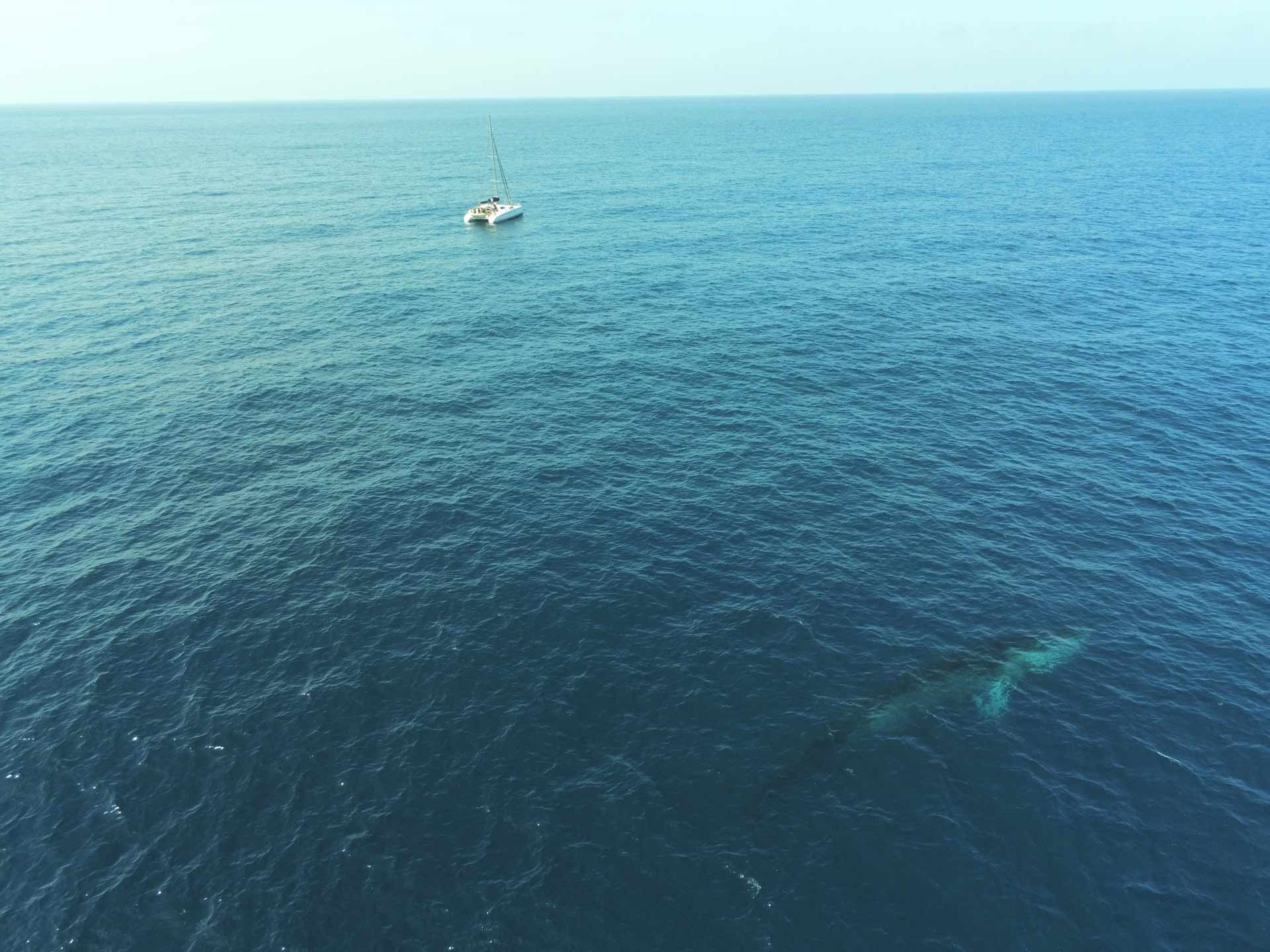
Mathieu Dupont, Research Engineer in Passive Acoustics at ENSTA Bretagne, Lab-STICC:
The challenge for us is to listen to whales that dive to great depths, such as sperm whales or beaked whales, or to explore remote areas where pelagic species live. The glider complements existing listening devices fastened to moorings in coastal areas.
Having been recently trained to handle the glider, the team carried out its first exploratory mission in the Bay of Biscay aboard the Skravik association's catamaran: a multi-purpose work sailboat with a low environmental footprint, which provides support for scientific research.
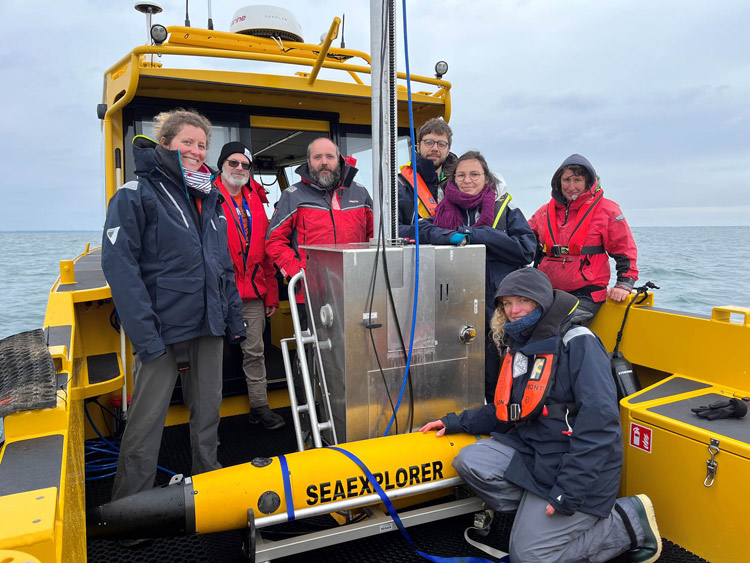
We have joined the Delgost project run by the Pelagis observatory at the University of La Rochelle . This research project focuses on studying common dolphins in the Bay of Biscay using biological data (biopsies). Acoustic methods provide aspects that are complementary to their measurements. We currently have few recordings in this area, which has an extensive diversity. We also visually observed some species, such as fin whales and sperm whales.
said Mathieu, whose job on board the sailboat was to deploy and retrieve the glider, while the remainder of the team had the task of planning trajectories and piloting the glider from Brest.
The glider moves very slowly, at an average speed of 0.5 knots, or about 1 km/hour. To avoid the glider drifting, the programmed trajectory therefore has to anticipate currents, the sea floor and weather. However, the results of this initial mission are very promising. The glider makes it possible to reach great depths and explore areas that are not readily accessible. "We are planning future explorations in the Bay of Biscay, as well as in the Indian Ocean around the islands of St-Paul and Amsterdam", concluded Mathieu.






